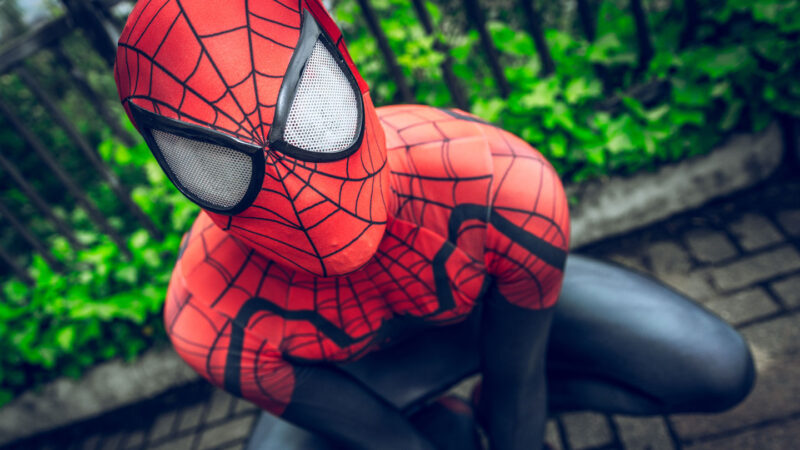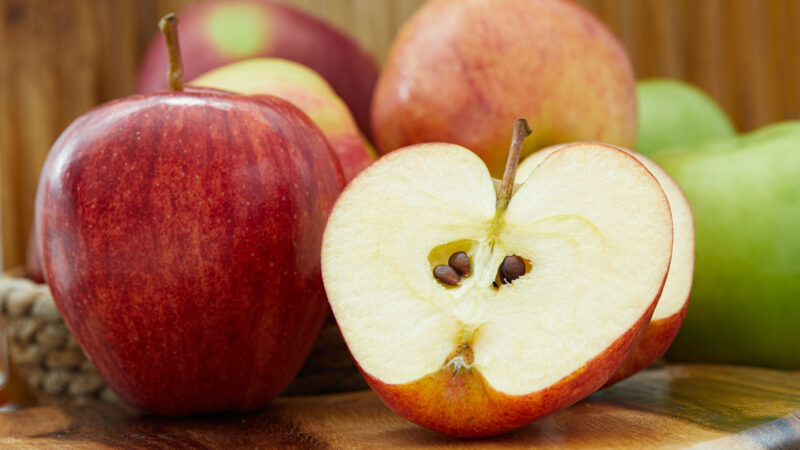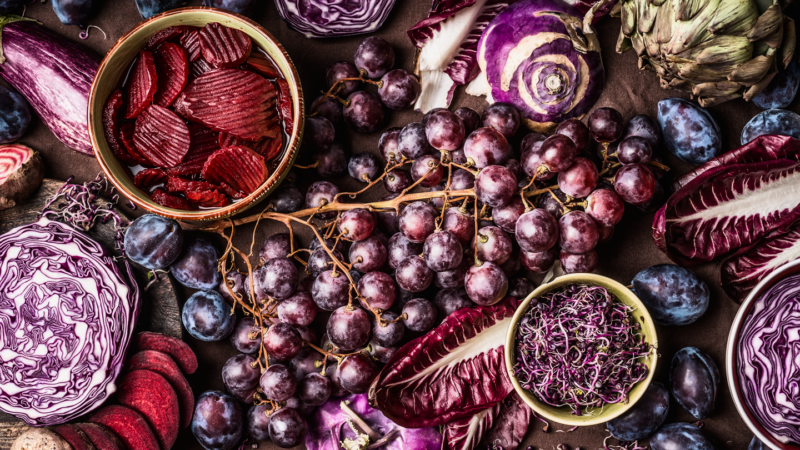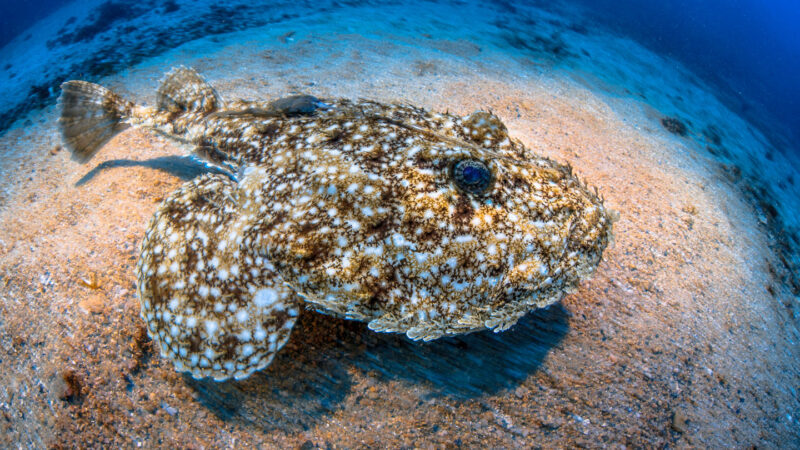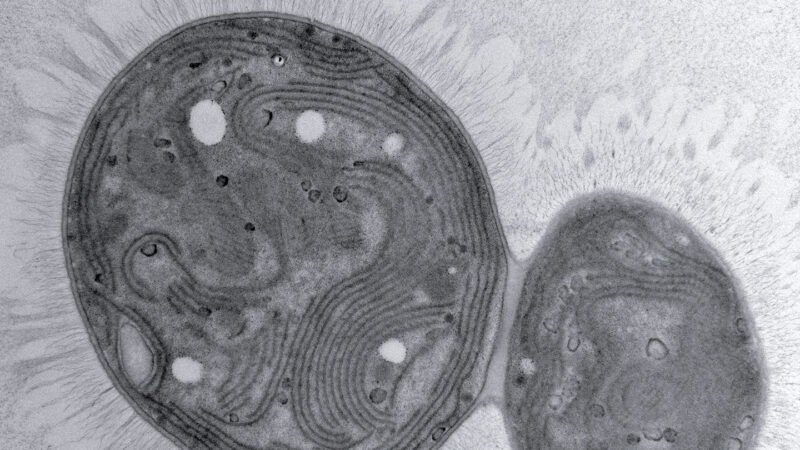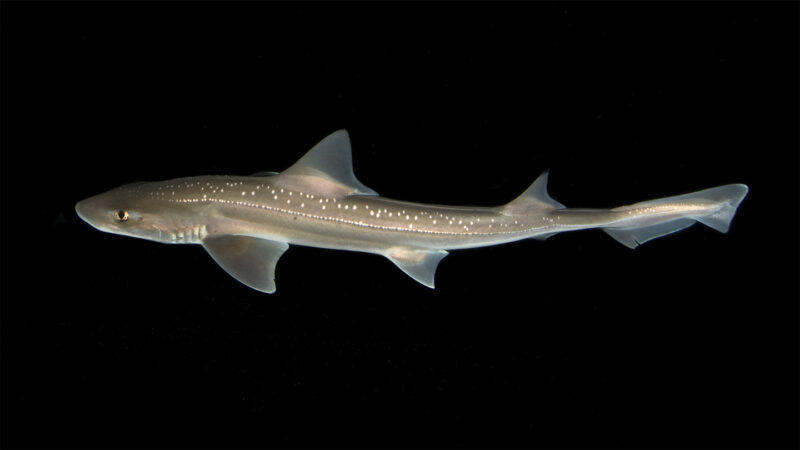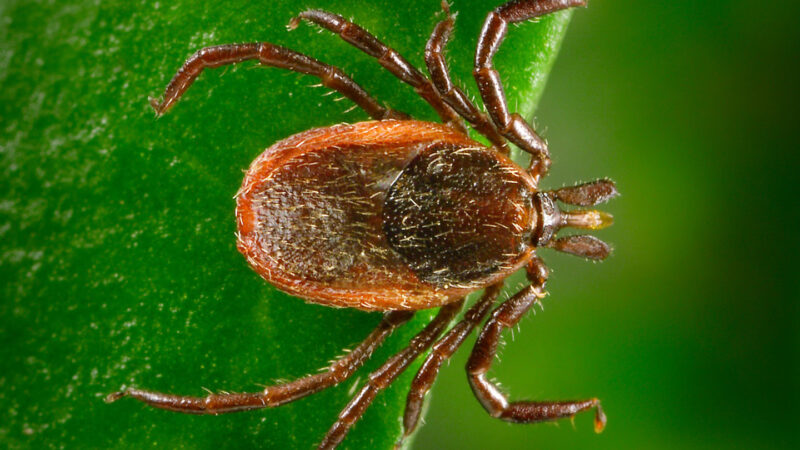A lucky lab accident produces Spider-Man-like silk
In comic books, Spider-Man swings from skyscrapers, hanging from super-strong threads of silk. He shoots these sticky threads from his wrists. Now researchers have found a way to mimic this…
Experiment: How to keep fruit slices fresh
Objective: To investigate which liquid will keep sliced apples looking the freshest Areas of science: Chemistry, Food Science Difficulty: Hard beginner Time required: ≤ 1 day Prerequisites: None Material availability:…
Purple exists only in our brains
There is something unique about the color purple: Our brain makes it up. So you might just call purple a pigment of our imagination. It’s also a fascinating example of…
Scientists Say: Chimera
Chimera (noun, “ky-MEER-ah”) A chimera is an individual organism made of cells from two or more organisms. The name chimera comes from Greek mythology. In mythology, the Chimera was a…
The world’s largest coral is longer than a blue whale
Scientists have found a coral that’s so huge it can be seen from space. This coral was discovered in October off the coast of the Solomon Islands. That’s a small…
Meet Chonkus, a mutant microbe that could help fight climate change
Stand back, ordinary ocean-dwelling life forms. There’s a new green, mutant hulk in town. This hefty microbe — nicknamed “Chonkus” by the scientists who found it — appears to have…
How do parasites limit a child’s growth?
Abstract Stunting affects millions of kids around the world. This means they are not growing as tall as they should. Unfortunately, stunted children are more likely to have health problems…
Want your own AI double? There could be big benefits — and risks
“I’m a digital clone,” says a young man. He smiles and blinks. “If you’re curious about how this all works or have any questions, feel free to ask.” This clone…
AI job-screening tools are very prejudiced, study finds
Artificial intelligence, or AI, tools are great for handling boring tasks. Like going through thousands of job applications and pulling out the most promising ones. So companies often use AI…
Let’s learn about radiocarbon dating
Say you’re an archaeologist, and you’re studying an ancient skeleton, pair of pants or piece of poop. You want to know just how old that object is, so you can…
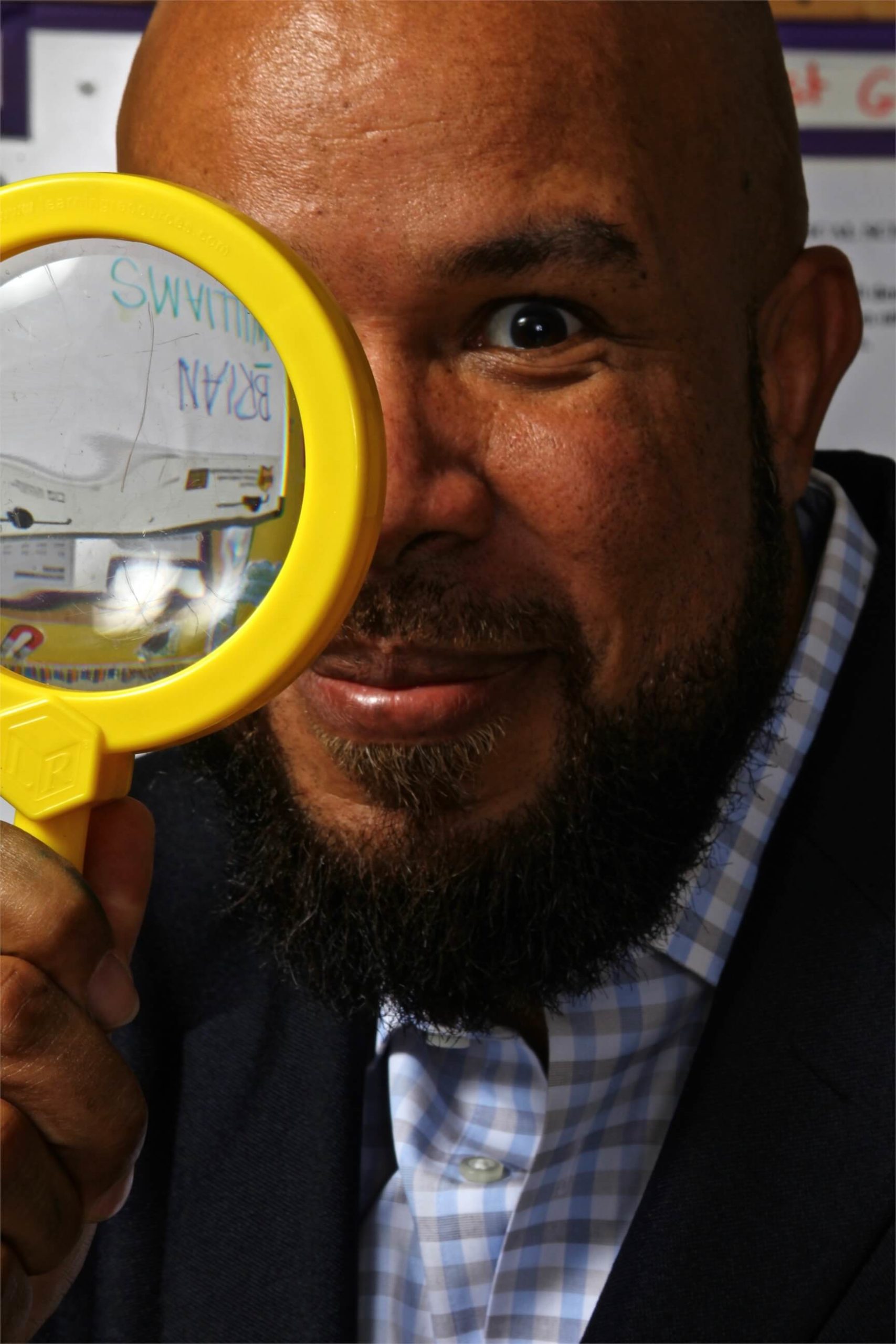
Get to Know
Brian Williams
recent post
follow us
QUICK LINK
GET INTOUCH
- randy.patel@mail.com
-
LA-Studio
2231 Redbud Drive
Whitestone, NY 11357
Copyright 2022 by LA-Studio
Supported by

